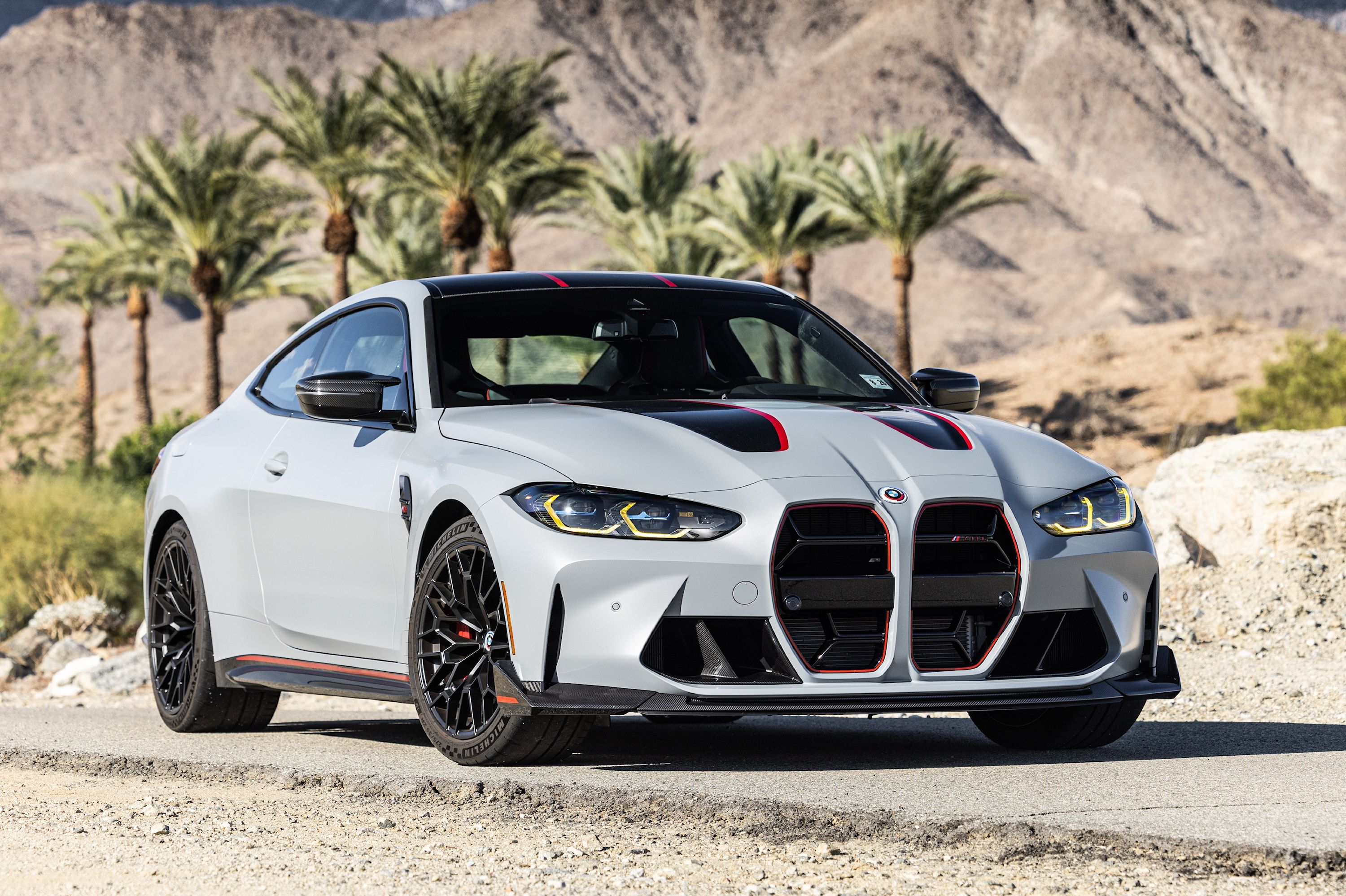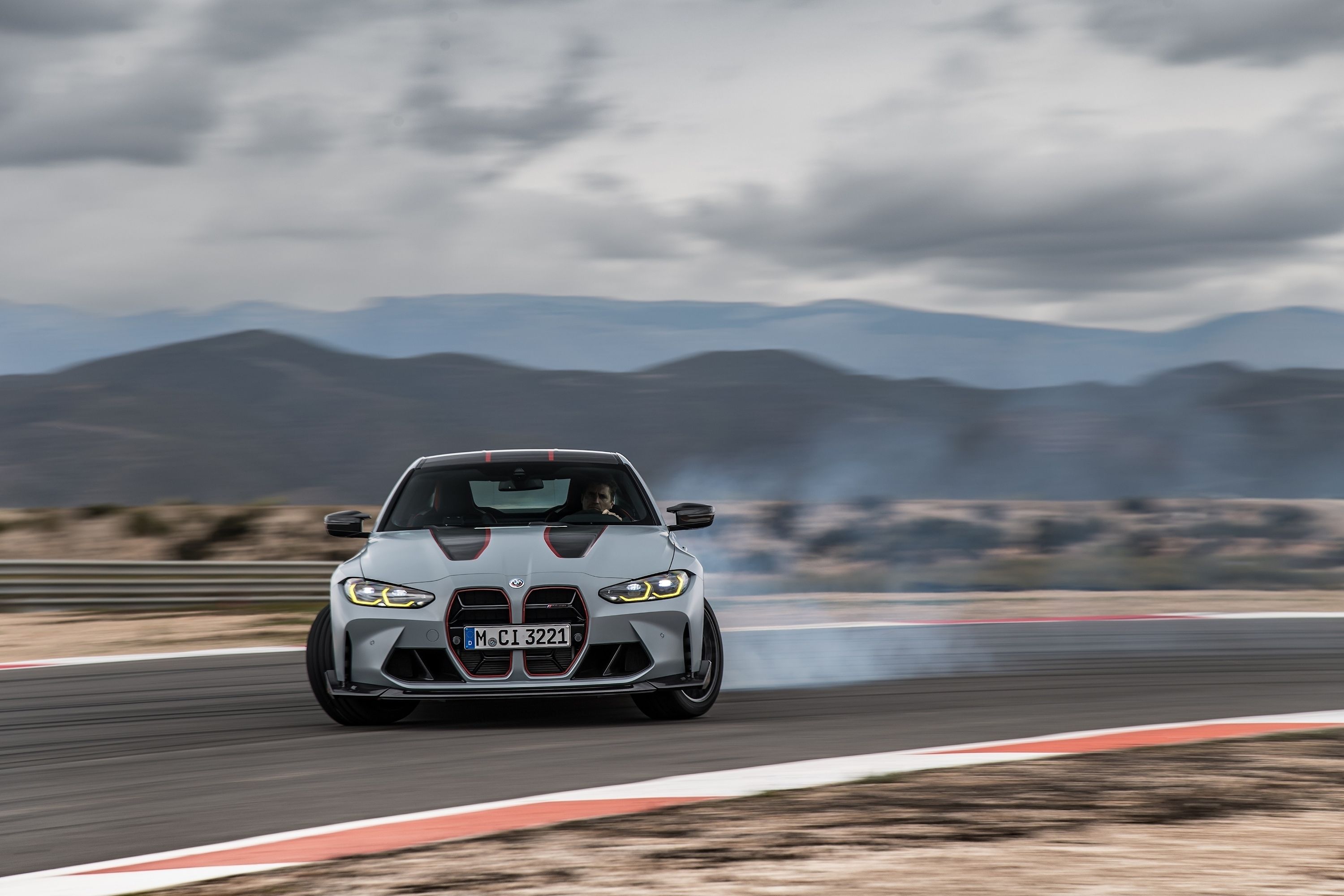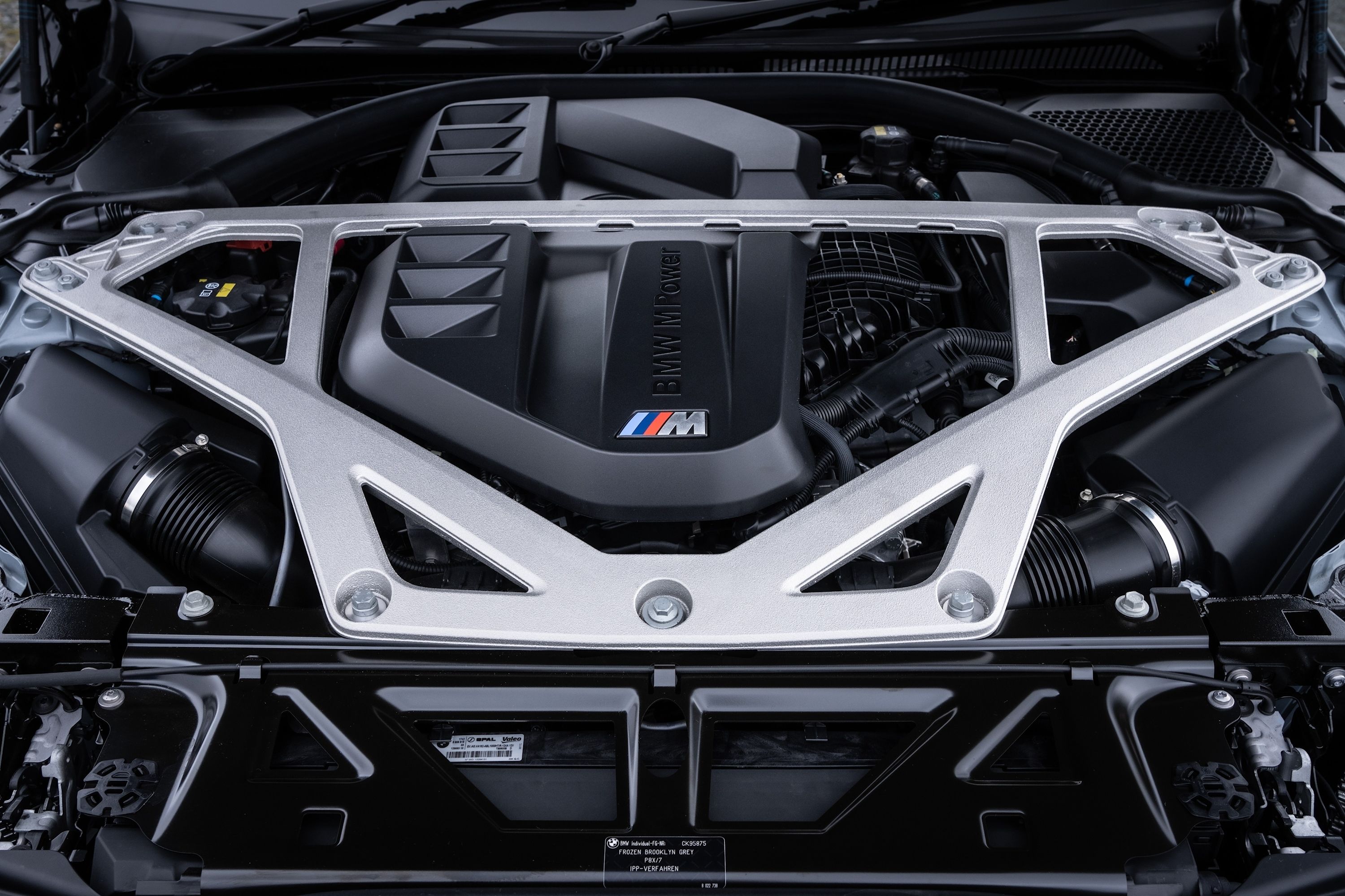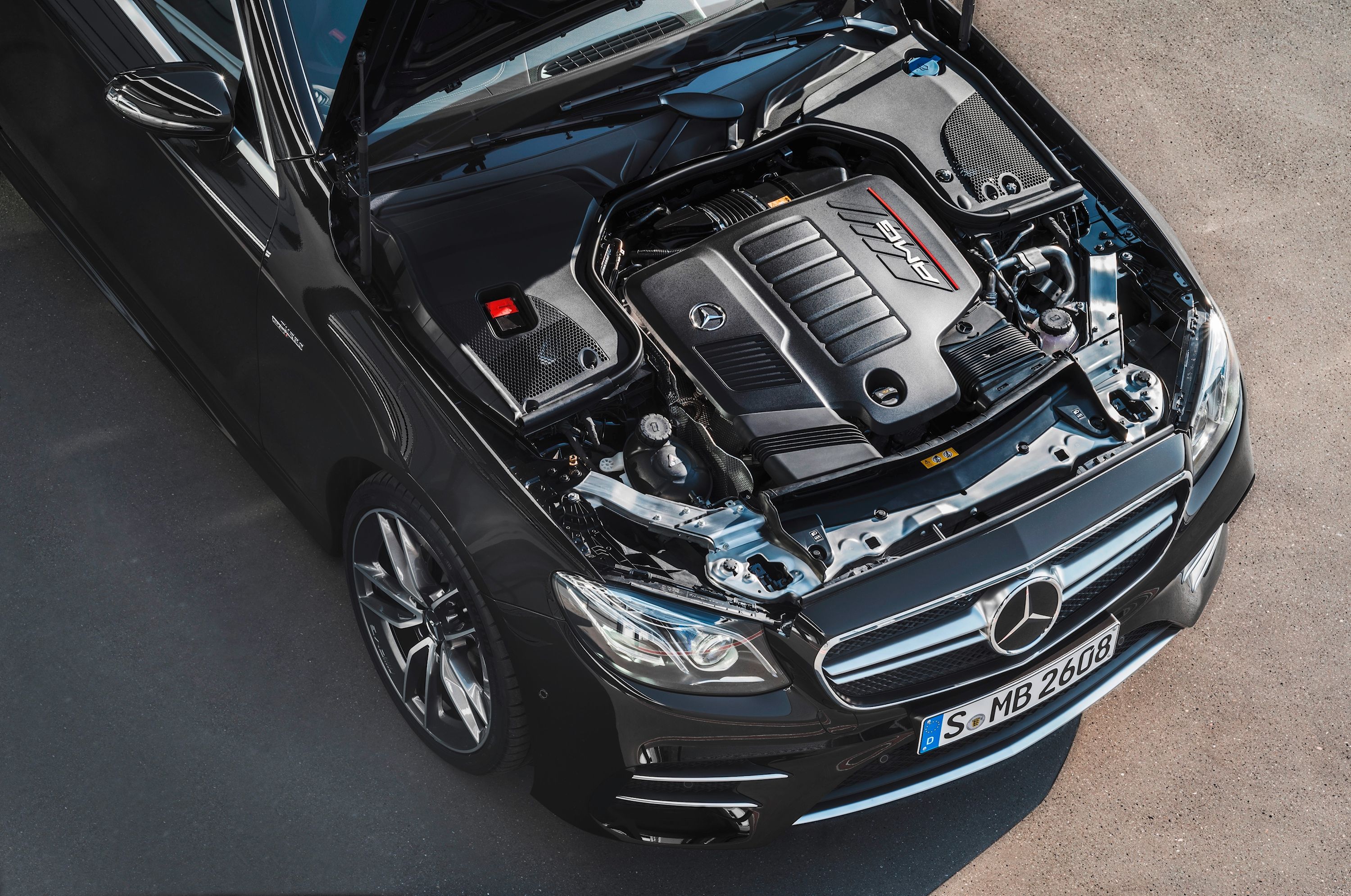
We may live in the era of downsizing and electrification, but despite this, the automotive world has seen a resurgence of one particular engine format - the inline-six. Once revered for its smoothness and sultry sound, it fell out of favor as manufacturers utilized the compact nature of a V6, with its versatility in being able to fit both longitudinal and transverse mounting applications. BMW was the lone holdout for the longest time, and the inline-six became a hallmark of the brand's finest performers. But in the year of our Lord 2023, the inline six is back, with no fewer than five car-making conglomerates using this fantastic engine. It's not just the reserve of premium brands anymore, either, as the likes of Jeep and Mazda are in on the action too. So, to celebrate the return of the straight-six, we thought we'd celebrate the manufacturers at the forefront of its revival.
Mazda
You thought we'd start this list off with BMW, didn't you? But no, it's the latest addition to the list that we lead with, because Mazda has revealed the all-new CX-90 for the American market with our first taste of a straight-six engine and a longitudinal (rear-drive oriented) platform. The CX-90 is the first, but other new Mazda models will follow on the same platform with the same engine family. In range-topping form, a new 3.3-liter inline-six develops 340 horsepower and 369 lb-ft of buttery-smooth torque aided by mild hybridization - a common trait among most straight sixes you'll find on this list.
In other markets, diesel variants will also be available, and we have reason to believe plug-in hybrids will also be compatible with the new sixer.
BMW
Inline sixes and BMW go hand in hand. That's why automakers like Toyota, Ineos, Morgan, and Boldmen all buy this six-pot from BMW for use in the Supra, Grenadier, Plus Six, and CR4, respectively. Of all the automakers on this list, BMW has been building straight sixes for the longest continuous run in recent times, with its inline-six heritage dating back to the M20, which began its life in 1977. And that's just the 'junior' six-pot, as the M30 'Senior Six' dates back to 1968.
In modern times, BMW six-cylinders have all shared a few commonalities, one of which is a 3.0-liter displacement in effect since the M54 generation. However, since the 2006 introduction of the N54, these sixes have been turbocharged in various states of tune and employed in a wide range of vehicles, from performance coupes and sports cars to full-size luxury sedans and SUVs. At the time of writing, BMW M's S58 is the best of the best, developing up to 553 hp in the M4 CSL.
Jaguar Land Rover
The British motor group is commonly associated with borrowing engines from other brands, and that's still the case when it comes to V8 engines (thanks to BMW). But back in 2015, JLR launched the Ingenium modular engine family, which could be scaled from three to six cylinders with both gas and diesel options available. In straight-six form, the Ingenium six-pot has been paired with both turbocharging and electric supercharging as well as turbocharging and hybridization, and you'll currently find these motors doing duty stateside in the Jaguar F-Pace SUV and the Land Rover Range Rover, Range Rover Sport, Defender, and the vastly updated Range Rover Velar for 2024. Elsewhere in the world, the smooth-six powers even more models, including the F-Type sports car. With Jaguar and Land Rover both becoming EV-only automakers in the coming years, this engine will likely be the first to disappear from production.
Mercedes-Benz
Aside from BMW, Mercedes-Benz arguably has the next-best heritage when it comes to straight sixes, perhaps even more so. Mercedes-Benz has produced inline sixes as far back as 1924, but took a break after 1997 when it made the switch to the V6. But in 2017, Merc pulled a U-turn and returned to the glorious inline application, pairing a 3.0-liter unit with a new mild-hybrid system called EQ Boost and a combination of traditional and electronic turbocharging. This incredibly versatile powertrain has been used in models from the E 450 to the S 500 and AMG GT 53 4Matic, and Aston Martin has even employed it in the Chinese-market DBX SUV. Rumors suggest the next-gen Mercedes-AMG E63 will adopt this motor with a plug-in hybrid system and all-wheel drive, continuing Merc's six-cylinder legacy with nearly 700 hp.
BMW's sixes may be iconic from a performance perspective, but this new straight-six from Mercedes is one of our favorites to drive, as it's supremely smooth and blends electric and combustion propulsion better than any rivals.
Stellantis - Wagoneer, Ram, Dodge, Jeep, and Alfa Romeo
While the likes of Dodge have typically been able to compete with BMW from a performance standpoint, this has usually been accomplished with high-displacement V8 engines. But Stellantis has a new inline-six called the Hurricane, built at its Saltillo, Mexico, production facility since the end of 2021. This 3.0-liter inline-six is available in either Standard Output (SO) or High Output (HO) variants producing between 420 hp and 510 hp with the aid of twin-turbocharging. This is yet another engine ripe for hybridization. At present, the Hurricane is found in the Wagoneer and Wagoneer L, but it will also make its way into the Ram 1500 Pickup in the near future and is strongly rumored to be a fixture in the Jeep Grand Cherokee, next-generation Alfa Romeo sedans and SUVs, and Dodge muscle cars. That's right, Dodge won't take all muscle cars electric but will sell six-cylinder alternatives for the next few years. You can even buy a crate version of this motor called the Hurricrate to stick in any car you want.



